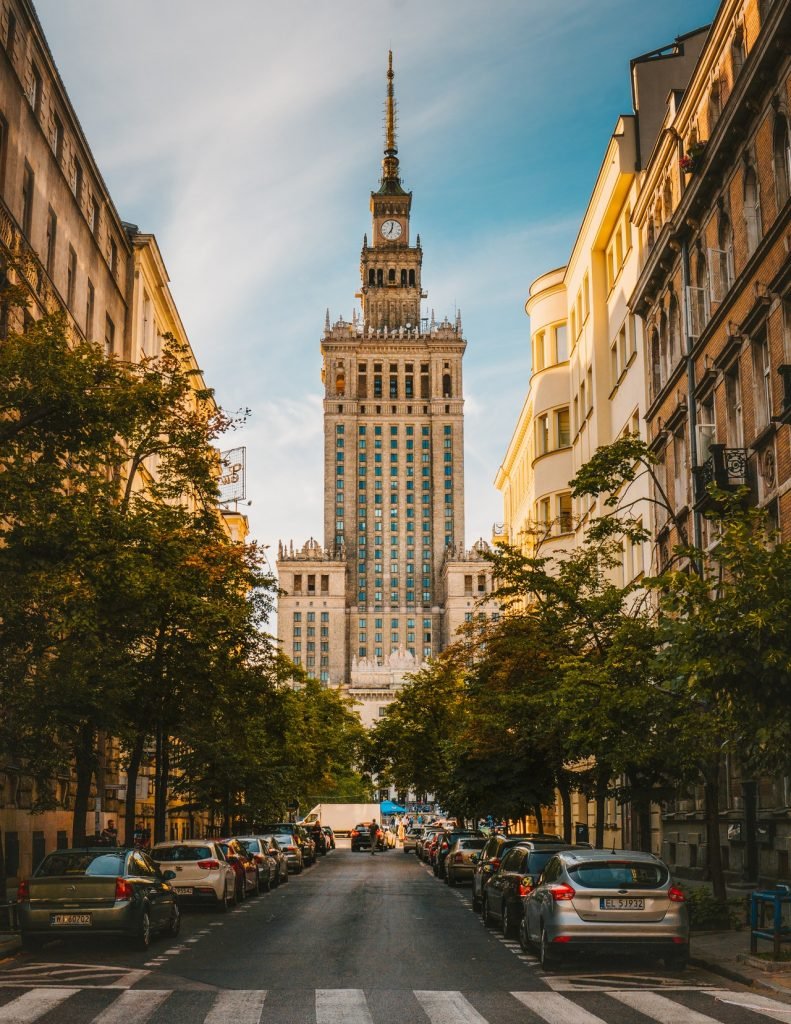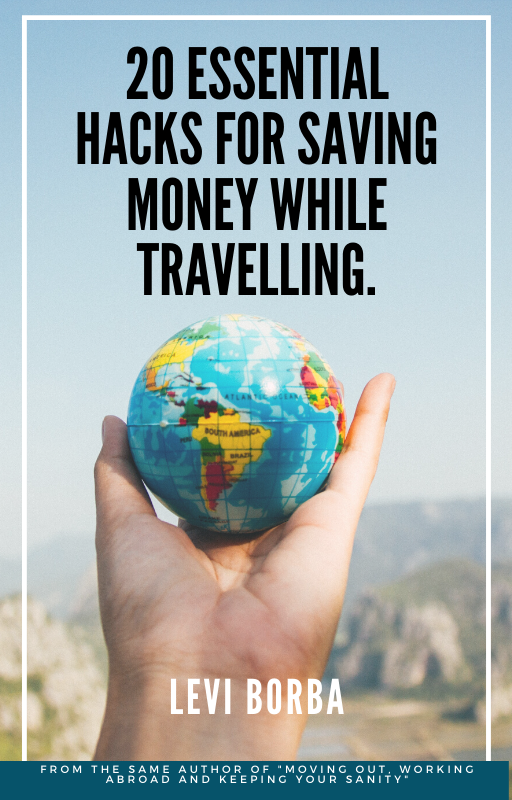Entire villages in Spain are disappearing.
We’re talking about a crisis so severe that one region is paying people up to €15,000 to simply move there and work remotely.
This isn’t just some marketing trick – this is Extremadura’s desperate attempt to solve what experts call ‘Empty Spain – and they reached a dramatic tipping point.
I’ve helped hundreds of expats to relocate, but I’ve never seen anything quite like what’s happening in Spain right now.
In the next paragraphs, I’m going to show you exactly how to get paid, the hidden challenges you won’t read about in their promotional materials, and why this program exists in the first place.
I’ll also share real opinions from locals about what it’s actually like living in Extremadura – both the good and the bad.
By the end, you’ll know if this rare opportunity fits your lifestyle—and the exact steps to make it happen.
The Crisis Behind the Cash: Why Spain’s Villages Are Vanishing
Spain’s rural regions are experiencing demographic collapse on a massive scale.
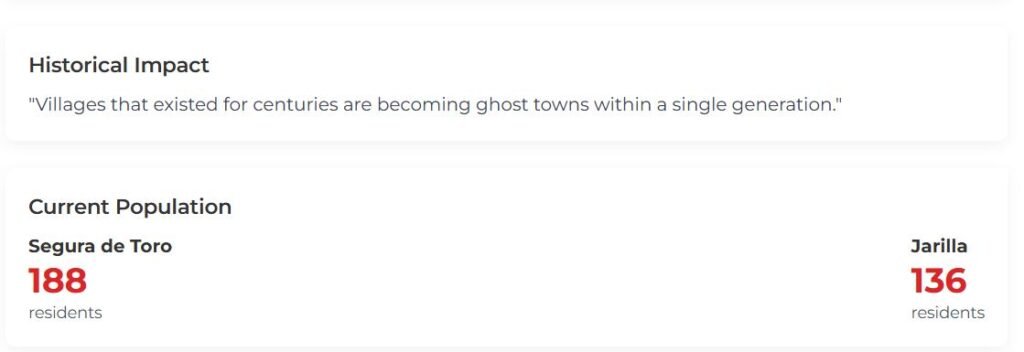
This is what experts call “Empty Spain” – a crisis so severe that entire communities are literally vanishing. We’re not talking about slow decline here. These are villages that existed for centuries, and now they’re becoming ghost towns within a single generation.

Schools closing because there aren’t enough children to fill a single classroom
Family-owned shops that served communities for decades now sit empty with broken windows and faded signs.
The last elderly residents watch their neighbors leave one by one, until they’re the only ones left.
But this isn’t just about economics.
This is cultural extinction happening in real time. When these villages disappear, they take with them centuries of traditions, local dialects, and ways of life that can never be recovered. Festivals that brought communities together for generations now have no one left to celebrate them.

Take the village of Granadilla in Cáceres province. Once a lively community, it’s now empty—houses stand but no one lives in them. In the Ambroz Valley, where a relocation program runs, Hervás is the biggest town with 3,900 people, while smaller places like Segura de Toro have as few as 188 residents, or Jarilla with only 136 people living there. This same town of Jarilla, only 100 years ago, had almost 6 times the current population – but since then, it decreased 82.4%.
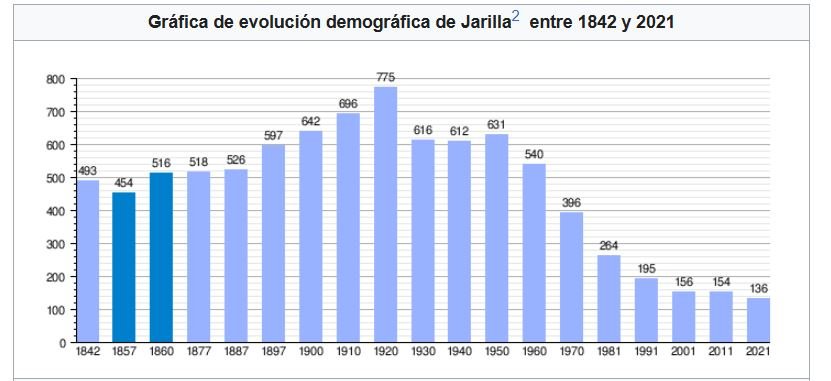
This is just one of many cases.
The numbers reveal a demographic time bomb that’s already exploding. Rural Spain has aging populations with practically no young people to replace them.
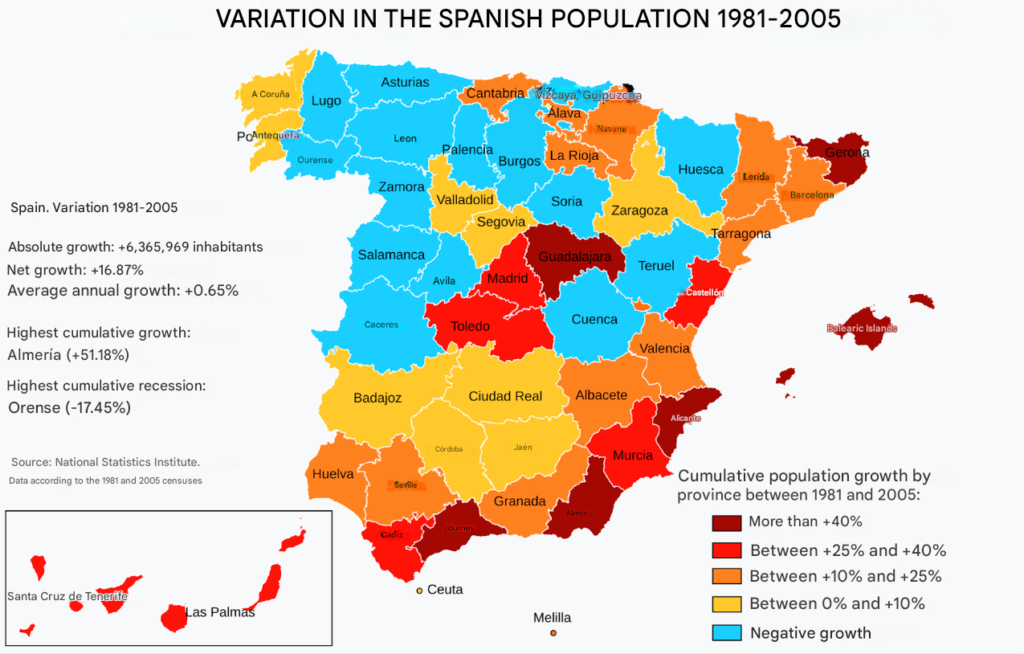
The average age in many of these villages is over 60, and birth rates have collapsed. Young Spaniards move to Madrid, Barcelona, or Valencia for work opportunities, leaving their grandparents behind.

Extremadura sits at the center of this crisis. This autonomous community has one of the lowest GDPs per capita in all of Spain, combined with unemployment rates that consistently rank among the highest in the country.
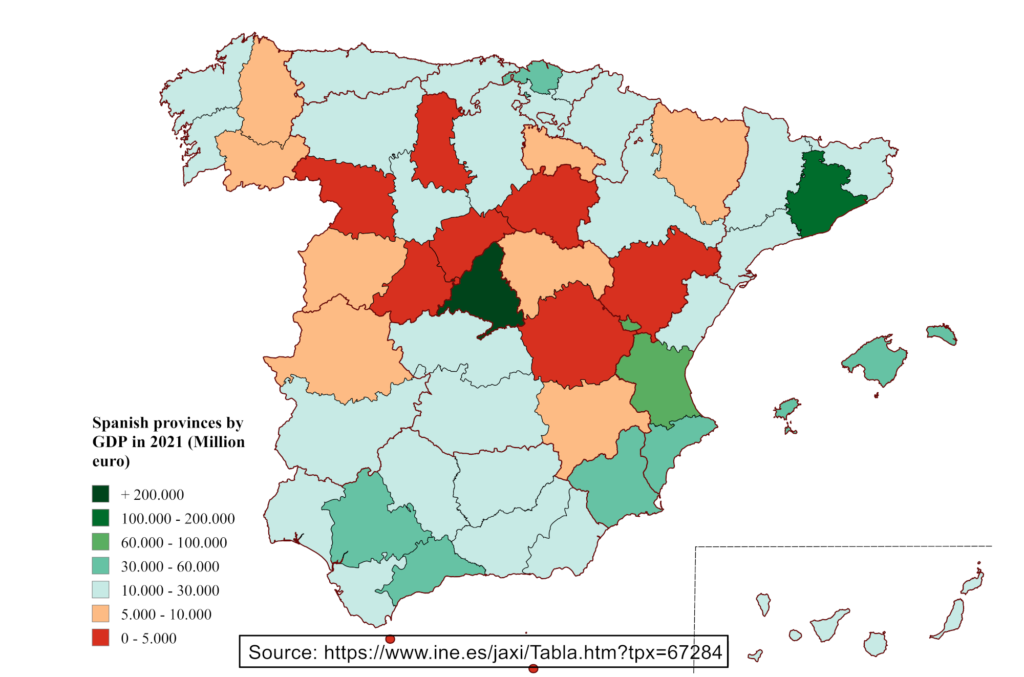
These aren’t sustainable numbers for maintaining communities. Without immediate intervention, these places will join the growing list of Spanish ghost towns.
That’s exactly why Extremadura became ground zero for this radical experiment in paid relocation. But there’s a reason most people have never even heard of this region.
Living in Extremadura: The Hidden Spain Most Tourists Never See
If you read my article about the best places to retire in Spain, probably you already know how beautiful, cheap, and empty this part of Spain is.
Extremadura has about one million people living across 16,000 square miles, making it one of Spain’s least populated areas. Popular cities like Barcelona and Madrid attract millions of tourists each year,
But this region, located next to Portugal, is often ignored by both visitors and many Spaniards.

This isolation turned this place into the perfect testing ground for desperate measures.
Extremadura stretches across vast rural landscapes dotted with medieval towns that time forgot.
The Ambroz Valley, where this relocation program operates, represents everything beautiful and challenging about this region. Picture mountain scenery, thermal pools, and villages that look exactly like they did centuries ago.
The valley even won the European Destination of Excellence award in 2019 for sustainable tourism practices.
But here’s what those tourism awards don’t tell you. Extremadura struggles with extreme weather that locals describe as punishing. Summer temperatures reach 45 degrees Celsius, while winters are cold and damp, worsened by poorly insulated homes that many residents struggle to heat.
The infrastructure challenges make daily life even harder. Economic isolation compounds these problems.
Yet Extremadura offers something most of Spain has lost. This region preserves authentic Spanish culture without tourist crowds or inflated prices. You can explore Roman ruins and Moorish architecture without fighting through crowds. The cost of living runs about 30 percent below Madrid prices. Local markets sell fresh produce at prices that would shock city dwellers.
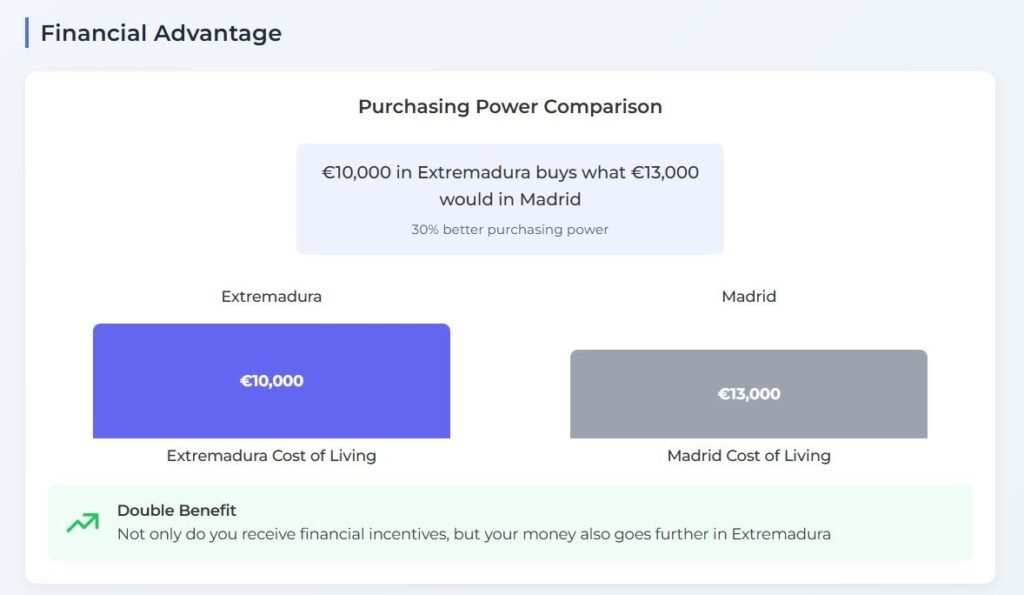
While places like Valencia (which I mentioned in another video) lost a bit of their Spanish soul due to the massive numbers of Brits, Extremadure keeps an Iberian atmosphere.
The Ambroz Valley has attractions like the Baños de Montemayor Roman Spa and the Silver Greenway. Its Magical Autumn Festival attracts visitors from all over Spain to enjoy the valley’s beautiful seasonal changes.

These contrasts create the perfect conditions for such a radical solution. The very challenges driving people away make financial incentives necessary to attract new residents.
Now let’s talk about the €15,000 incentive for living in Extremadura.
But before I reveal it, I have some really good news.
FREE FOR A LIMITED TIME: Grab your Expat Wealth & Lifestyle Compass ($108 value) today! Includes our 74-page guide of Affordable European Cities, our Zero-Tax countries report, and our expat checklist. https://bit.ly/ExpatWealthLifestyleCompass Join us here before this offer ends.
The €15,000 Deal: Breaking Down Spain’s Relocation Incentive
So a foundation in Extremadura called DIVA created the Live in Ambroz program, allocating €2 million to attract up to 200 remote workers to the Ambroz Valley. This averages €10,000 per newcomer, showing exactly how much the region values each new resident. This isn’t charity.

This is a calculated investment in preventing complete regional collapse.
Here’s how the money breaks down.
Women under 30 years old who relocate to towns with populations under 5,000 residents receive €10,000 upfront. That’s about $11,085. Other successful applicants get €8,000, roughly $8,868. But the payments don’t stop there. Stay for a minimum of two years, and women in the first category receive an additional €5,000 if they commit to another year. Other recipients get €4,000 for the same extended commitment.
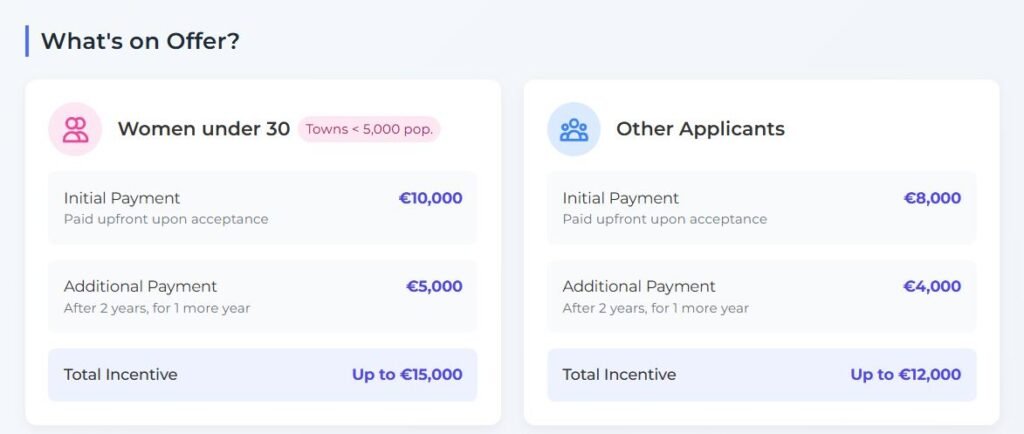
The demographic preferences reveal Spain’s desperation. Women under 30 get priority because they represent the future. They’re more likely to start families and create the next generation these villages desperately need.
The organizers knows exactly what it’s buying.
There are a few other requirements – you cannot have lived in Extremadura for six months before applying. Non-EU nationals must first obtain Spain’s digital nomad visa, a foreign identity number called an NIE, and establish official residency before they can apply to the program Live in Ambroz.
You must work fully remotely in the tech sector. Specifically, the organizers requires work “through the exclusive use of media and IT systems, telematics, and information fields.” This language excludes writers, consultants, and most online businesses unless they clearly fall within technology boundaries.

The application process moves fast: apply online, hear back in three months, then register locally within three months of acceptance to secure your grant. You need proof of residency, employer approval for remote work, and sworn translations for non-Spanish documents. The incentive organizers provides the full grant amount in a single transaction.
When you combine these payments with Extremadura’s cost of living that runs 30 percent below Madrid prices, the financial value increases significantly. A €10,000 payment in Extremadura buys what €13,000 would purchase in the capital.

But the promotional materials paint a very different picture than what you’ll actually experience.
Local Reality Check: The Unfiltered Truth About Life in Extremadura
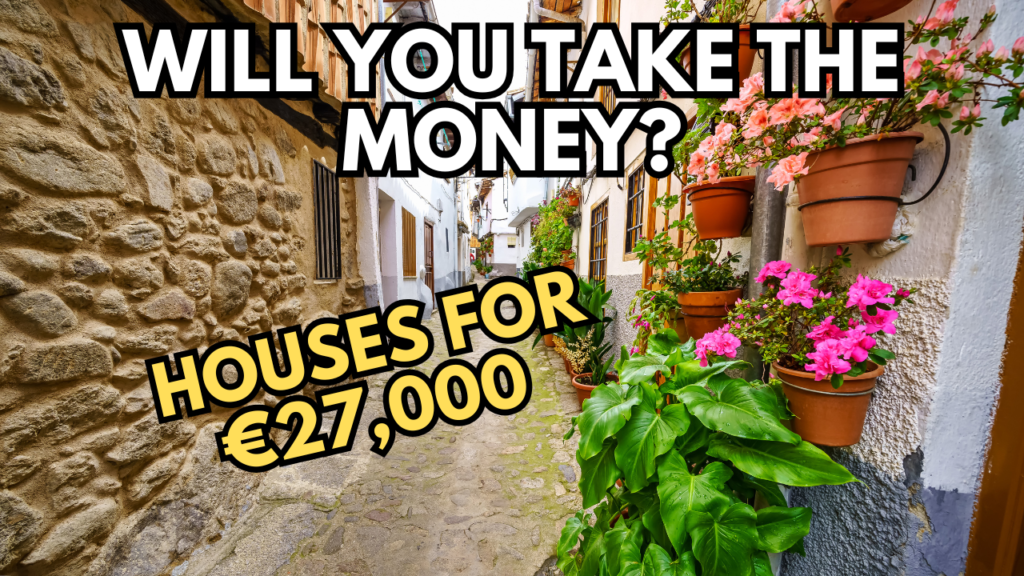
Locals offer a completely different perspective than what you’ll read in official materials. The reality creates a divide between promises and what residents actually experience day to day.
Many locals appreciate the financial freedom that Extremadura provides. One resident emphasized,
“The cost of living is great and it’s a great place to practice Spanish.”
Another was even more direct:
“Super cheap to live in!”
One person pointed out that “Extremadura is probably one of the very few regions in this program where you likely won’t need any side gigs at all.”
But this affordability comes with serious trade-offs. Transportation struggles create constant frustration. One local admitted:
“It does feel isolated there but there are some transport options to go elsewhere for the weekend.”
Another was more blunt:
“Extremadura is really not connected at all, making it hard to find a city with immediate train connections to Sevilla.”
The community connections get mixed reviews. Many locals emphasize the region’s warmth:
“People here are quite friendly.” But others paint a different picture. One resident warned that the area is “somewhat poor and redneck, so expect some strong stereotyping and honestly, stupid comments from students and teachers.”
The climate presents serious challenges that promotional materials downplay. Summers bring brutal heat while winters offer little relief.
One local described the weather harshly: “brutally cold and brutally hot because it is the desert.”

Another noted:
“Winter in poorly insulated houses feels cold and humid.”
These aren’t minor inconveniences – they affect daily comfort year-round.
Social and professional isolation compounds these problems. Limited dating pools make relationships challenging for single people. Cultural events are scarce compared to major cities. Career networking becomes nearly impossible when you’re hours away from business centers.
Yet some residents find compensating benefits. “Good food! Super cheap to live in!” noted one local. Outdoor enthusiasts appreciate that there are “Lots of great hiking spots!!!” The language immersion opportunities are genuine for foreigners wanting to master Spanish.
Even positive aspects come with caveats. One resident warned that rural agricultural areas mean “depending on the area, it can stink like sheep.” (Honestly, and here is my personal opinion: I don’t think sheeps smell bad, but then, I am also a small-town guy)
They created this program precisely because these challenges drive people away. They understand that financial incentives are necessary to make rural life viable for most people.
Living in Extremadura: Is it worth is?
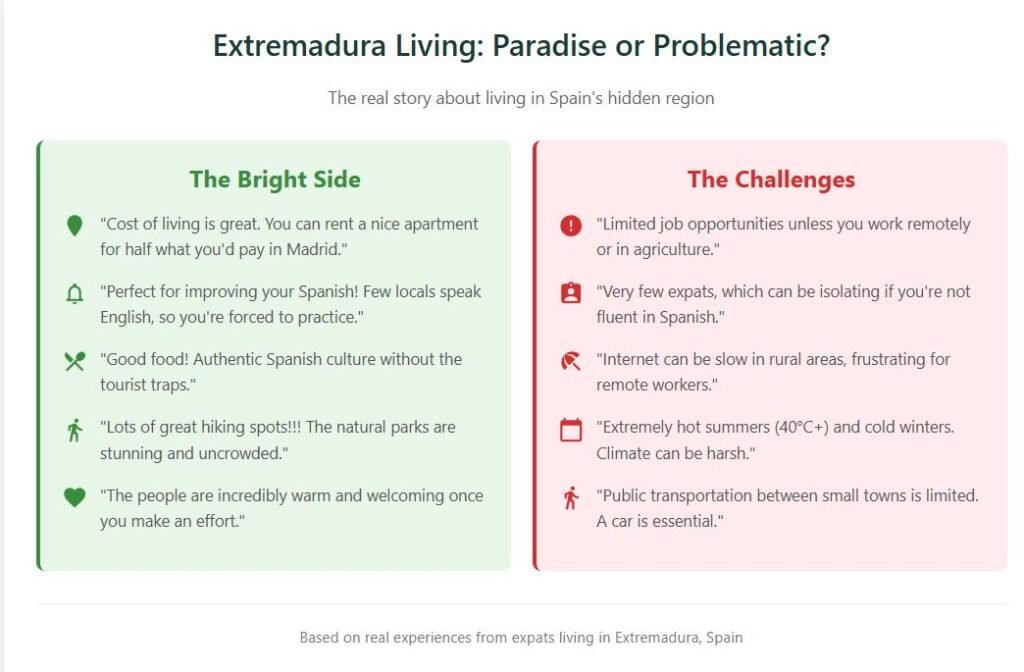
This program represents Spain’s acknowledgment that rural life requires financial incentives to be viable.
They are essentially paying people to choose isolation over opportunity. If you’re interested, applications open around mid-September through the Extremadura General Electronic Access Point. You’ll need a digital certificate and all required documents translated into Spanish. The application window could last anywhere from one month to one year until funds run out.
Spain isn’t alone in this approach. Italy offered $30,000 for home purchases in Presicce. Ireland paid $92,000 for house refurbishments on its islands. This trend shows how desperate rural Europe has become.
You’re not just getting paid to move – you’re helping save disappearing communities.

But be aware that there are some issues with real estate in Spain that you ABSOLUTELY should know, because albeit uncommon, they can ruin you.
Levi Borba is the founder of expatriateconsultancy.com, creator of the channel The Expat, and best-selling author. You can find him on X here. Some of the links above might be affiliated links, meaning the author earns a small commission if you make a purchase.
